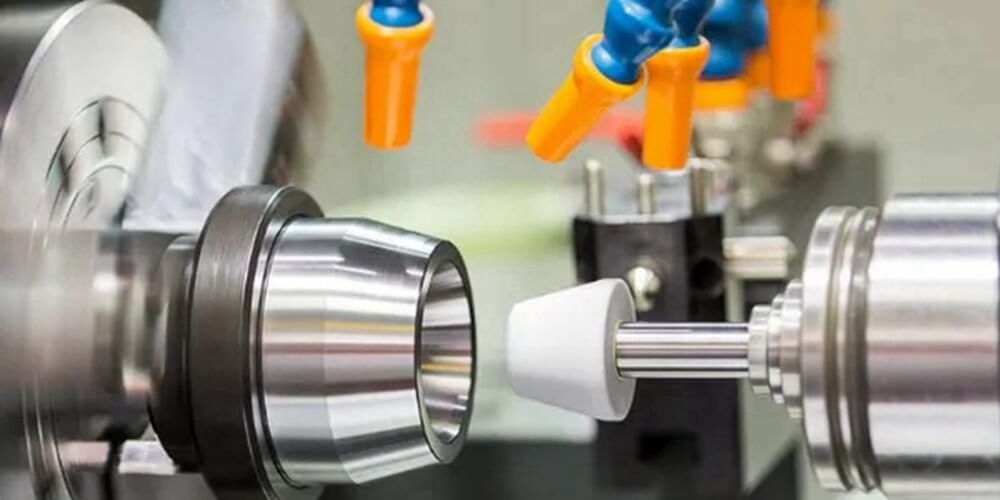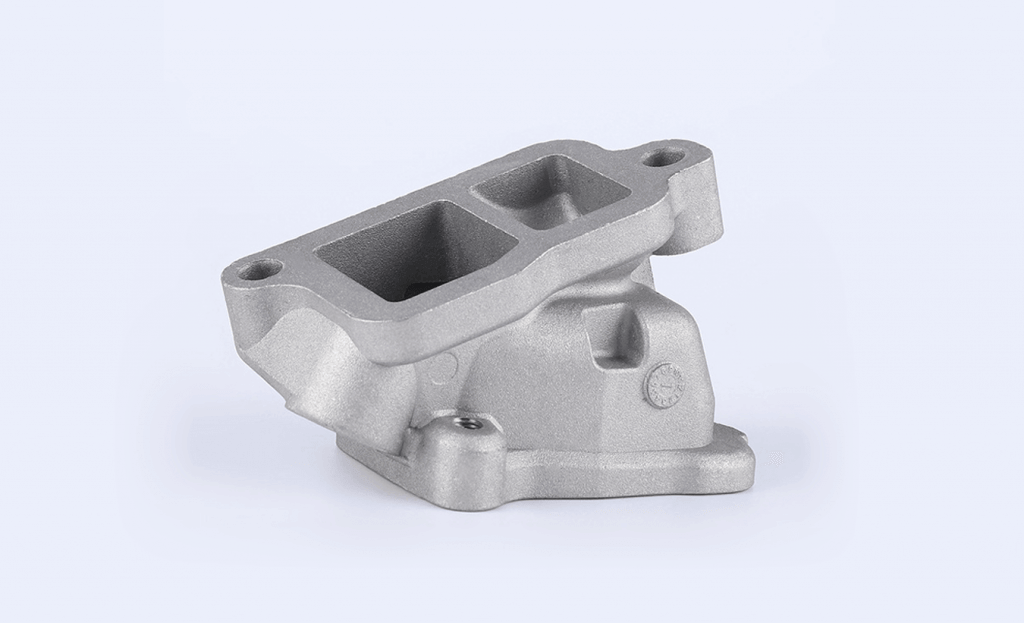Top Trends in CNC Rapid Prototyping
Rapid prototyping is the process of creating prototypes or 3D products that simulate the final versions to assess their functionality and identify potential failures before final production. These are created as single pieces or very few in number. Today, different methods are used for rapid prototyping, such as digital CAD/CAM CNC machining, 3D printing, and so on. CNC rapid prototyping is a widely preferred approach among these methods. It has emerged as a game-changer in product development, allowing engineers and designers to swiftly iterate, refine, upgrade, and validate their designs.
With advancements in technology, CNC rapid prototyping continues to evolve, ushering in new trends that reshape the landscape of the industry. Are you intrigued to know what they are? This post explores the top trends in CNC rapid prototype machining services, highlighting the innovations driving efficiency, precision, and creativity in the prototyping process.
Here are some important CNC rapid prototyping trends OEMs can embrace in coming years. These trends are contributing to shaping the industry in every aspect such as high-speed production, improved product design, enhanced accuracy, and so on.
1.Hybrid Manufacturing
Most CNC rapid prototype machining services providers prefer this method nowadays as it combines additive and subtractive processes. This approach allows designers to create complex geometrics, intricate internal features, and hybrid structures that are challenging to achieve with traditional subtractive CNC machining alone. Additionally, hybrid manufacturing accelerates the prototyping process by leveraging the speed and flexibility of additive manufacturing to build the basic part, followed by subtractive machining to achieve precise dimensions. This enhances design possibilities, reduces overall time, enables the production of customized prototypes, and more.
2.Multi-axis Machining
This is another popular trend that offers significant advantages. These machines provide precision and flexibility by enabling the simultaneous movement of the cutting tool along multiple axes. This allows OEMs to create complex geometries, intricate features, and curved surfaces that are challenging to achieve with traditional 3-axis machines. With improved surface finishes, compact setups, and accuracy, multi-axis machining accelerates the prototyping process and facilitates the efficient creation of high-quality prototypes.

3.Automation and Robotics
This trend is poised to revolutionize rapid prototyping machining services. Integrating computing and automation systems with CNC machines eases the prototyping workflows, enabling increased productivity, efficiency, and consistency. Using automated tools for assembling and testing, bots for material handling, and in-line inspection capabilities help reduce human intervention and minimize errors despite repeatability as well as identify bugs beforehand. Additionally, automation allows technicians to focus on high-level tasks, including process refinement, while robotics enables continual operation and precise control.
4.Digital Twin Technology
This is a real game changer in CNC rapid prototyping. This combines virtual and physical prototypes. By utilizing digital replicas, designers can harness the capabilities of virtual simulations to explore and test numerous scenarios, accurately replicating the behavior and performance of the physical prototype. This allows designers to improve design iterations, facilitates faster decision-making, and gives real-time feedback.
5.Cloud-based Collaboration
This trend is revolutionizing how engineers and designers collaborate on rapid prototyping projects. Cloud platforms enable efficient and effortless collaboration, providing multiple stakeholders with access to shared design files, real-time project tracking, and seamless feedback exchange. This trend offers many benefits, including promoting effective communication, minimizing errors, facilitating remote collaboration, and much more.
These CNC rapid prototyping trends are paving the way for a new era in prototyping, enabling designers and engineers to turn their ideas into reality with greater speed, accuracy, and efficiency.
